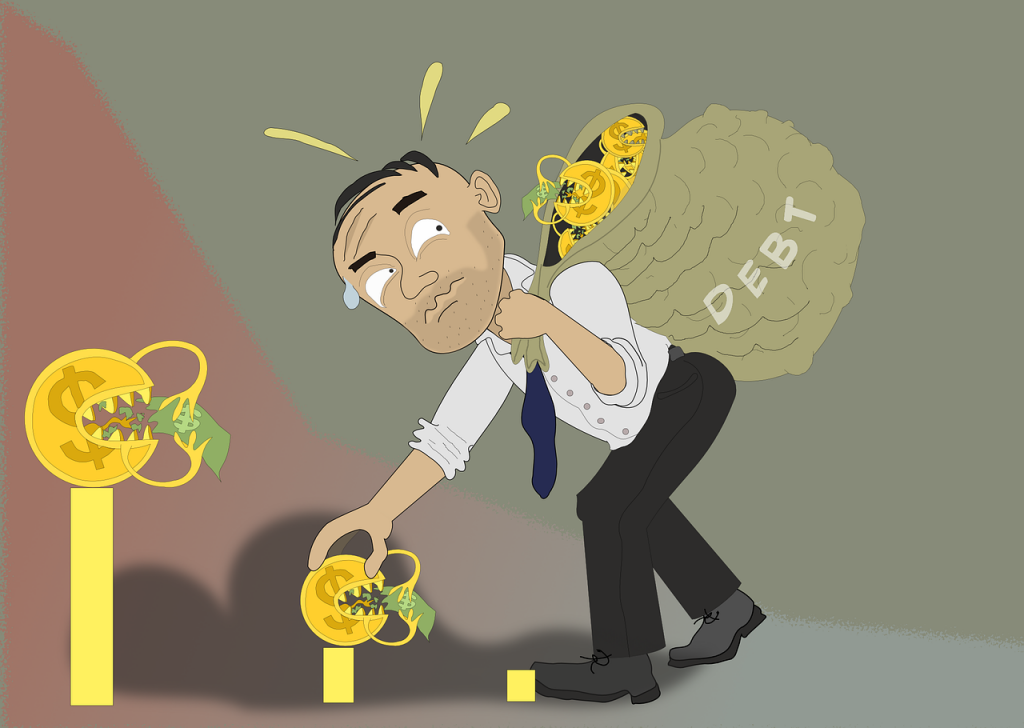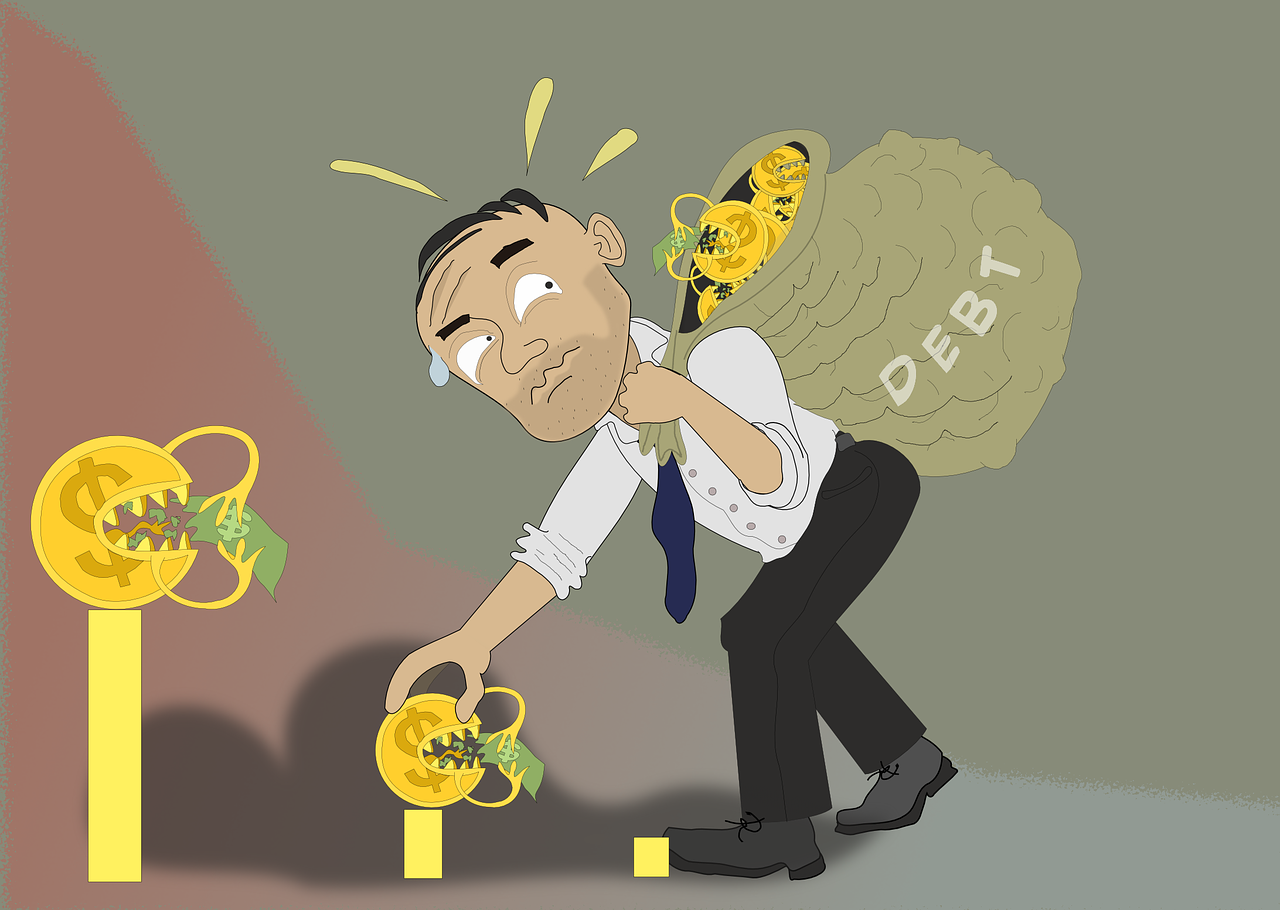I wrote about Teekay Offshore (TOO – USA) on January 1, 2018 following the end of tax loss selling season. At the time, my thesis was that reported numbers were a mess of 1-time events that investors couldn’t follow, yet new growth projects were coming online and a more stabilized cash flow stream would evolve. In the interim, you were paying about 5-times stabilized distributable cash flow (DCF) for a business with long-term contracts in place. Additionally, Brookfield was now in control and they would add a lot of adult supervision while growth projects came online. In particular, Brookfield would focus on de-leveraging, using their imprimatur to refinance debt and dramatically reduce overall interest costs which currently consume about 70% of normalized pre-tax cash flow. A combination of de-levering, lower interest costs and renaming the company “Brookfield Offshore” would bring about a dramatic re-rating of the valuation. Looking forward 3 years, you could see a company with 60 to 80 cents a share of DCF, trading at a value of 10 to 15 times that DCF or $6 to $12 a share.
Q3 hedge fund letters, conference, scoops etc

Over the course of the year, the thesis hasn’t played out as expected. The new projects have come online, but the 1-time charges seem to continue each quarter. This quarter it was the chaos of re-financing the debt (fx/currency forwards/interest rate swaps/etc.). I can look past that for another quarter or two. The bigger issue is that the debt is not being paid down—in fact it looks like it will increase. On the conference call, management talked about bidding on multi-billion dollar projects. Where will they get the capital from? As it is, there’s an $800 million shuttle-tanker building program underway and the funding for that is unclear. What is clear is that debt isn’t getting paid down.
I had thought that with some debt amortization TOO could re-finance their debt to be more in line with their only other large shuttle tanker competitor, Knot Offshore Partners (KNOP – USA). KNOP is paying LIBOR + 2.125 on their most recent debt refinancing. That’s a whole lot better than the 8% that TOO is paying. Saving 3% a year would be almost $100 million a year in interest savings, or 25 cents a share in added DCF—which at a 10 multiple is more than the share price.
In any case, when my thesis is proven wrong; I sell—even if it is cheap. If these guys want to pile on more debt during a pending debt crisis, I don’t need to be involved. I was really on the fence about TOO going into earnings—I saw the value of the shuttle tanker fleet which is a global duopoly that earns excess returns and wanted to own that business as demand increases with the rebound of offshore oil. However, I don’t like debt and this debt looks like it will grow. I wish I had sold when I sold a lot of my other positions a few weeks back. In any case, I bought mine at around 2.25 and sold for around 2.05 or a 9% loss. I also got 3 pennies of dividends along the way that I’m not including. I’ve had some big winners this year, they’re balanced out with 2 smaller losses—TOO and St. Joe (JOE – USA).
I’m happy to have more cash now—which should be a good thing as rates increase and the market cracks up. As noted in the past, interest rates are the lifeblood of the US economy. Rates cannot go up without eventually causing a crisis. I want to be cashed up for that event. If I’m not 100% confident in a position, now is the time to sell.
Article by Adventures In Capitalism

